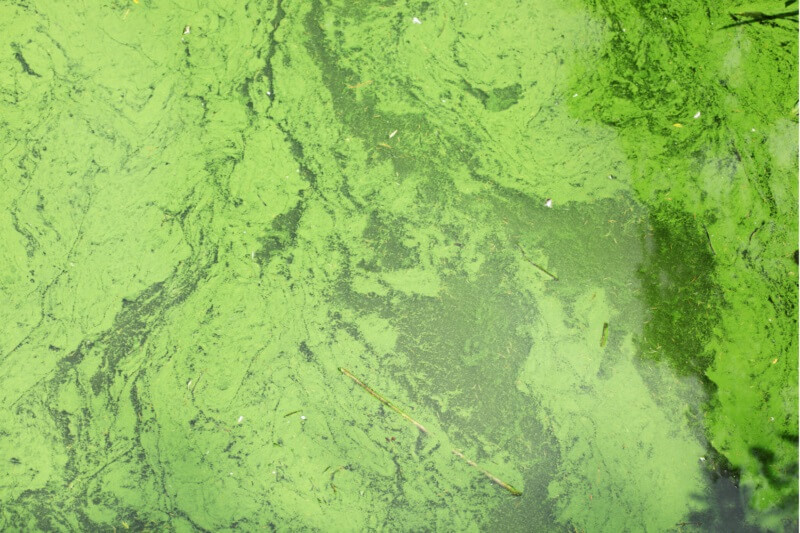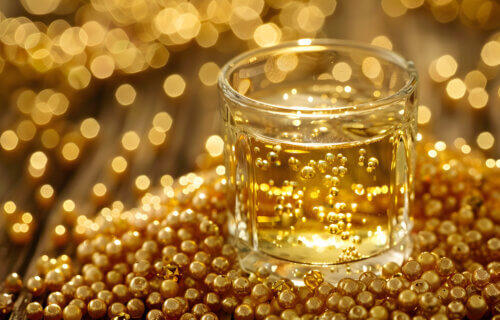ORLANDO, Fla. — Clean drinking water is something everyone should have access to, but that’s unfortunately not the case in many regions worldwide. Now, noteworthy new research out of Florida suggests that gold — the coveted precious metal — may hold the key to cleaner drinking water for everyone.
Associated with luxury and power throughout time, researchers from the University of Central Florida are exploring how they could use gold to create a novel way of ridding drinking water of harmful algal blooms, or HABs. These blooms occur when colonies of algae grow out of control, producing toxic or harmful effects on various living creatures, including people, fish, and birds.
This project is receiving support from the U.S. Environmental Protection Agency’s People, Prosperity and the Planet (P3) program, which just recently awarded $1.2 million to 16 collegiate teams across the United States. UCF received $75,000 for their two-year project focusing on developing a gold-decorated nickel metal-organic framework (MOF) for the removal of microcystins (toxins produced by harmful algae blooms) from water. MOFs are porous clusters of metal polymers used in many practical applications.
The team of UCF students involved in this research includes environmental engineering doctoral student Samuel Adjei-Nimoh, materials science and engineering doctoral student Nimanyu Joshi, and environmental engineering undergraduate students Jennifer Hughes and Julia Going. The principal investigator of the grant is Associate Professor of Environmental Engineering Woo Hyoung Lee, and the co-principal investigator is Associate Professor of Materials Science and Engineering Yang Yang.
“MOFs have been used as a catalyst for many research areas such as hydrogen storage, carbon capture, electrocatalysis, biological imaging and sensing, semiconductors and drug delivery systems,” Prof. Lee says in a media release. “In this project, we’re using the gold-decorated nickel MOF as a photocatalyst to remove water pollutants.”
The gold will be coated in an MOF, which will help it react to sunlight. That reaction, called photocatalysis, will then result in the oxidation of the microcystins, subsequently removing them from the water.
Microcystins are the most common cyanotoxins, showing a link to harmful algal blooms in freshwater environments, particularly in regions such as Florida with abundant lakes. Microcystins can cause liver damage, kidney failure, gastroenteritis, and allergic reactions in humans. The UCF team says their new novel solution can help water treatment facilities produce cleaner, safer drinking water.

“Clean drinking water isn’t just a necessity, it’s a fundamental right, especially for Floridians who rely on our abundant lakes and waterways,” Prof. Lee explains. “By leveraging the innovative nanotechnology for water treatment, we’re not only removing toxins but also safeguarding the health and well-being of our communities, ensuring a brighter, healthier future for all.”
This is Prof. Lee’s second consecutive year receiving the P3 award. In 2023, his team was selected based on their work focusing on a biosensor that is capable of detecting microcystins early in their formation for faster eradication.
This is the 20th anniversary of the P3 program. Projects funded this year will focus on critical issues such as removing PFAS from water, combating harmful algal blooms, and materials recovery and reuse, says Chris Frey, assistant administrator for the U.S. Environmental Protection Agency’s Office of Research and Development.
“I commend these hardworking and creative students and look forward to seeing the results of their innovative projects that are addressing some of our thorniest sustainability and environmental challenges,” Frey concludes.
